

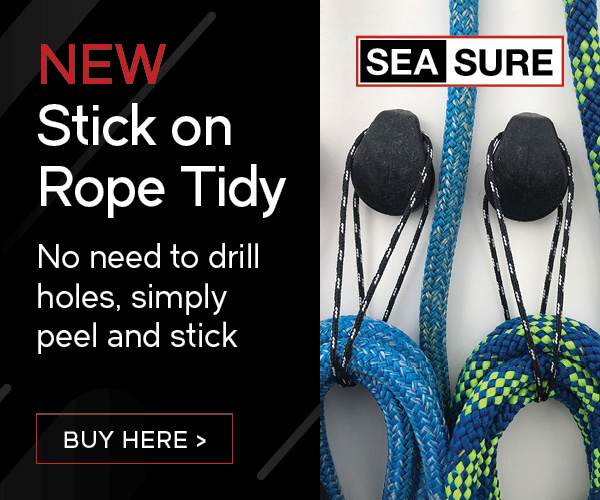





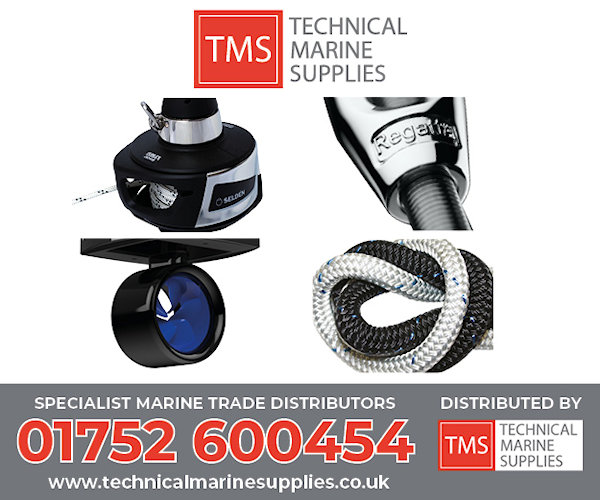
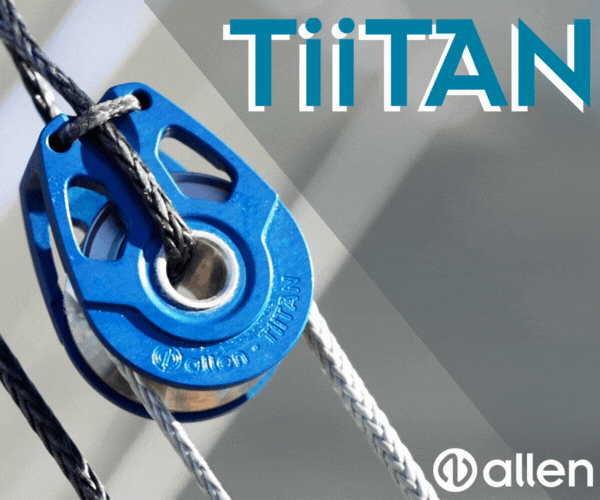
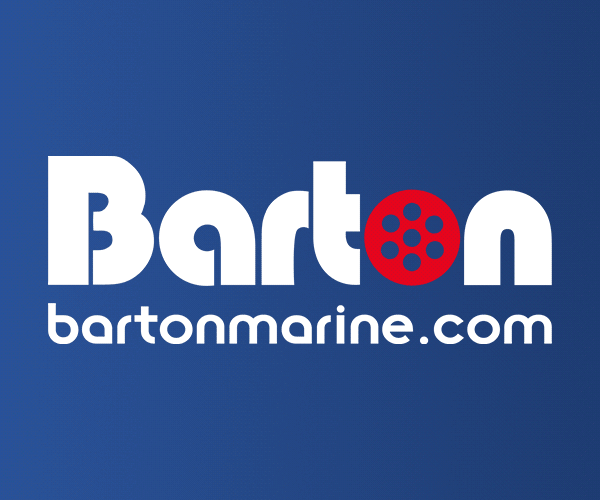

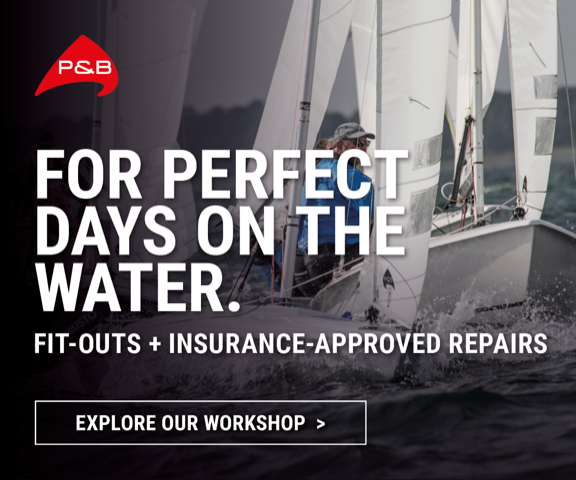
| Laser 140101 Tynemouth |
 |
| Rossiter Pintail Mortagne sur Gironde, near Bordeaux |
 |
| Laser 28 - Excellent example of this great design Hamble le rice |
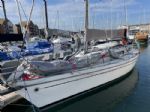 |
List classes of boat for sale |
Sail settings |
Post Reply 
|
| Author | |
ifoxwell 
Really should get out more 
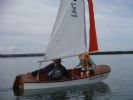
Joined: 05 Jan 06 Location: Hoo Online Status: Offline Posts: 669 |
 Post Options Post Options
 Quote Quote  Reply Reply
 Topic: Sail settings Topic: Sail settingsPosted: 25 May 07 at 10:12am |
|
I have a question that is relevant to all two sail boats but particularly noticeable on my canoe. Finding the sweet spot where the sum of the whole is greater than the sum of the parts. By this I mean that I can sail quite happily with both sails pulling well and going reasonably quickly but there is a sweet spot where at some point the two sails start working together and you get noticeably more power, especially in a canoe where such an easily driven hull gets an instant increase in speed. So I keep playing around with sheet tension, sailing angles etc but donít seem to be able to reliably find it. How does everyone else go about finding it. What am I looking forÖ Ian |
|
 |
|
Noah 
Really should get out more 
Joined: 29 Dec 04 Location: United Kingdom Online Status: Offline Posts: 611 |
 Post Options Post Options
 Quote Quote  Reply Reply
 Posted: 25 May 07 at 10:24am Posted: 25 May 07 at 10:24am |
|
Ok you've opened the can of worms - so here's my two pennorth... Firstly to paraphrase a well known coach "the breeze has to enter, travel across and exit the sail to generate forward motion" On my Fireball, especiaqlly upwind, its mainly about leech tension in the mainsail, and getting the jib / main slot right. I do agree that when its right the boat just takes off. Doesn't happen very often, though. Calibration has to be key (note to self - mark those jib sheets). Also pay close attention to the tell-tales on the jib luff & main leech. It is all subject to so many variables that here is no simple answer. If it were easy, we'd all be Ben Ainsley |
|
 |
|
jeffers 
Really should get out more 

Joined: 29 Mar 04 Location: United Kingdom Online Status: Offline Posts: 3048 |
 Post Options Post Options
 Quote Quote  Reply Reply
 Posted: 25 May 07 at 11:44am Posted: 25 May 07 at 11:44am |
|
Getting the slot right is a combination of many factors. The important ones as I recall are:
Jib luff tension (ensuring there is little or no sag). Mast rake Pre bend Sheeting angle Ultimately it is getting the correct sheeting angle for the mast rake to make the jib leech curve match the mainsail luff. Also the tension on the jib sheets is important. On a boat such as a canoe I dont imagine playing the jib is all that easy so it is getting the best average then playing the main (do correct me if I am wrong). Basically calibrate everything that can be changed and note down all the settings that you can, over time you will build up a good understanding of what works and what doesn't and make finding the sweet spot less of a hit and miss affair. Some people even laminate the settings for every given wind strength and attach it to the boat. It also helps to have sails that are cut to work together (ie dont mix and match unless you know the cuts are compatible). I believe there are some sailmakers that float around here so they may chip in.... Paul |
|
|
Paul
---------------------- D-Zero GBR 74 |
|
 |
|
ColH 
Far too distracted from work 
Joined: 11 Jan 06 Location: United Kingdom Online Status: Offline Posts: 242 |
 Post Options Post Options
 Quote Quote  Reply Reply
 Posted: 25 May 07 at 5:13pm Posted: 25 May 07 at 5:13pm |
|
Sounds to me like the effect of a well-ordered slot - since its effect is to increase air speed across the main, hence increase the drive. So: I'd be looking at having the slot (a) the right width and (b) the right width all the way up. Don't know what controls you've got, but in terms of a Fireball that would be jib sheeting in-and-out to get the width right, and up-and-down (i.e. sheeting angle in the vertical plane) to get it parallel. On the other hand I may be talking rubbish, but that's what the theory books I've read would say.... |
|
 |
|
giraffe 
Posting king 
Joined: 10 May 07 Online Status: Offline Posts: 148 |
 Post Options Post Options
 Quote Quote  Reply Reply
 Posted: 25 May 07 at 7:32pm Posted: 25 May 07 at 7:32pm |
|
fundamentally only one way unless you have loads of experience - 2 boat tuning. and then if you have loads of experience you can still only get close, and then you need to go 2 boat tuning. so the answer is.... 2 boat tuning. this is another name for educated trial and error. AC teams spend $$$$ doing this. once you are tuned, practice. then more practice. |
|
 |
|
tgruitt 
Really should get out more 

Joined: 02 Dec 04 Online Status: Offline Posts: 2479 |
 Post Options Post Options
 Quote Quote  Reply Reply
 Posted: 27 May 07 at 6:34pm Posted: 27 May 07 at 6:34pm |
|
Dont the jibs and mains sheet at the same time on a canoe, like on the Swift Solo?
|
|
|
Needs to sail more...
|
|
 |
|
Guests 
Guest Group 
|
 Post Options Post Options
 Quote Quote  Reply Reply
 Posted: 28 May 07 at 10:37am Posted: 28 May 07 at 10:37am |
|
With the canoe having a reasonably light and very efficient hull, dont try to create too much power. It will be more about drag to power ratio rather than power to weight. I'd opt for a flatter jib setup and really try to get a good tight leach on the main.
I thought mark goodchild had joined wilsonian now? surely he'd be able to give you a hand. Doug |
|
 |
|
JimC 
Really should get out more 

Joined: 17 May 04 Location: United Kingdom Online Status: Offline Posts: 6662 |
 Post Options Post Options
 Quote Quote  Reply Reply
 Posted: 28 May 07 at 1:16pm Posted: 28 May 07 at 1:16pm |
It has been tried in the past, but abandoned, and I don't know of anyone using it now. Personally I'm very unconvinced by the idea. I've never conme across anyone sailing two handers who consistently and routinely ease the jib level with the main all the time, and you'd think if it was fast someone would be doing it... |
|
 |
|
damp_freddie 
Far too distracted from work 

Joined: 20 Oct 05 Location: Aruba Online Status: Offline Posts: 339 |
 Post Options Post Options
 Quote Quote  Reply Reply
 Posted: 29 May 07 at 8:53pm Posted: 29 May 07 at 8:53pm |
|
A useful alteration is to fit leech tell tales to the jib. According to North's and other studies on the web, the sweet spot for a fractional rig (i.e 99.9% of dinghies) is where the leeward flow of the jib combines or feeds the flow over the leeward side of the main and not so much how much it makes the main "sail in a header " by reducing the air-speed in the slot ( which is still an important function). When this combined flow is really smooth and working then the two sails give maximum power.
Thus a well positioned jib leech tell tale (and a window in the main if needed to see it), can mean you keep this key flow going and warns you when the slot needs to be opened, closed or when you should sail with more twist. It's often hard to see your upper luff tell tales on the jib and while everything may look ok, and the main isn't backwinding, you are in fact detaching flow from the leeward edge at the feed/overlap area and hence sailing below optimum. I'm having a sod learning this on the snipe which has an unusually high boom, so the very top of the jib is vital and I have no window on what's happening there!
Edited by damp_freddie |
|
 |
|
Post Reply 
|
| Forum Jump | Forum Permissions  You cannot post new topics in this forum You cannot reply to topics in this forum You cannot delete your posts in this forum You cannot edit your posts in this forum You cannot create polls in this forum You cannot vote in polls in this forum |
Copyright ©2001-2010 Web Wiz
Change your personal settings, or read our privacy policy











 Printable Version
Printable Version Delicious
Delicious Digg
Digg Facebook
Facebook Furl
Furl Google
Google MySpace
MySpace Newsvine
Newsvine reddit
reddit StumbleUpon
StumbleUpon Twitter
Twitter Windows Live
Windows Live Yahoo Bookmarks
Yahoo Bookmarks Topic Options
Topic Options

